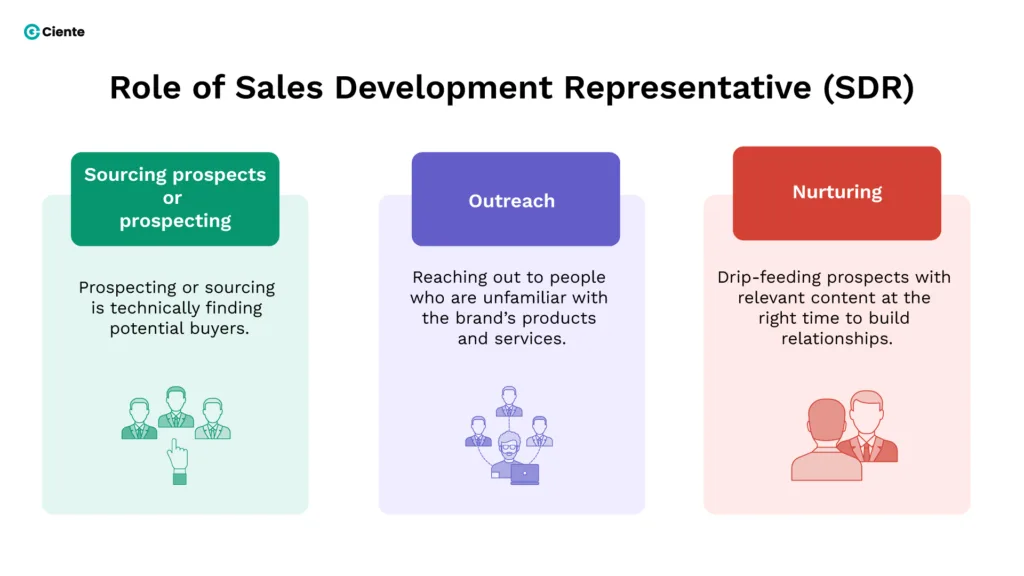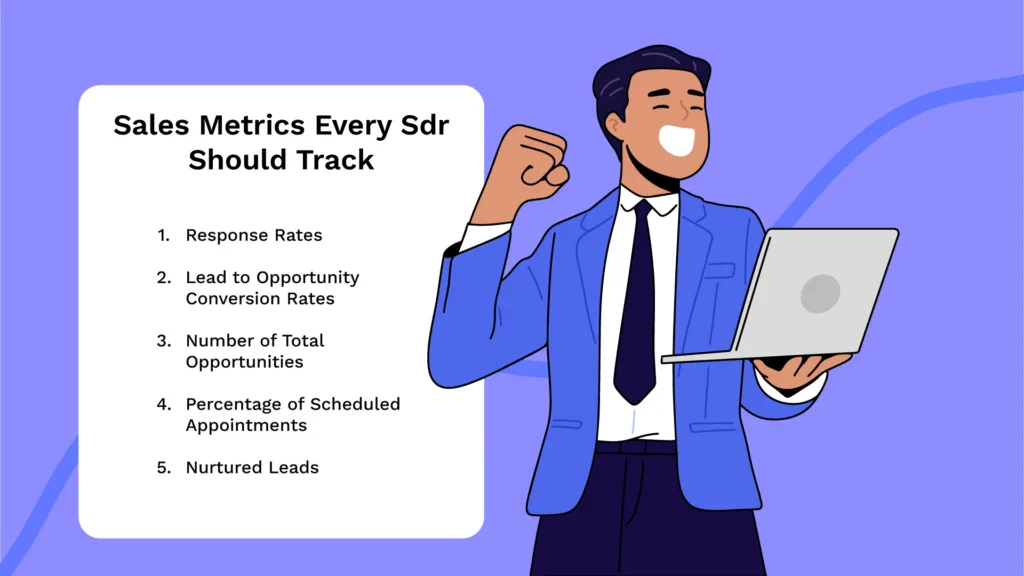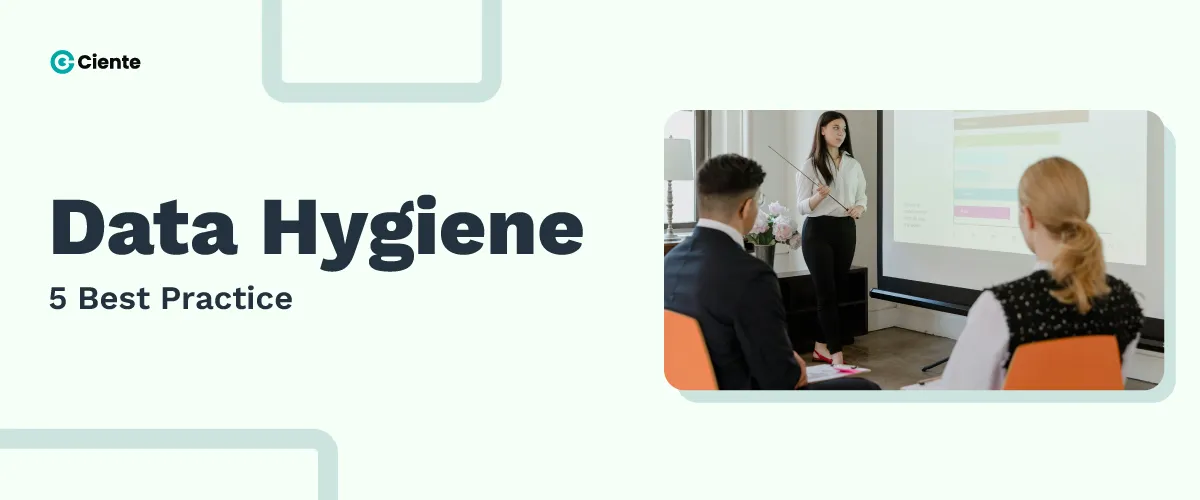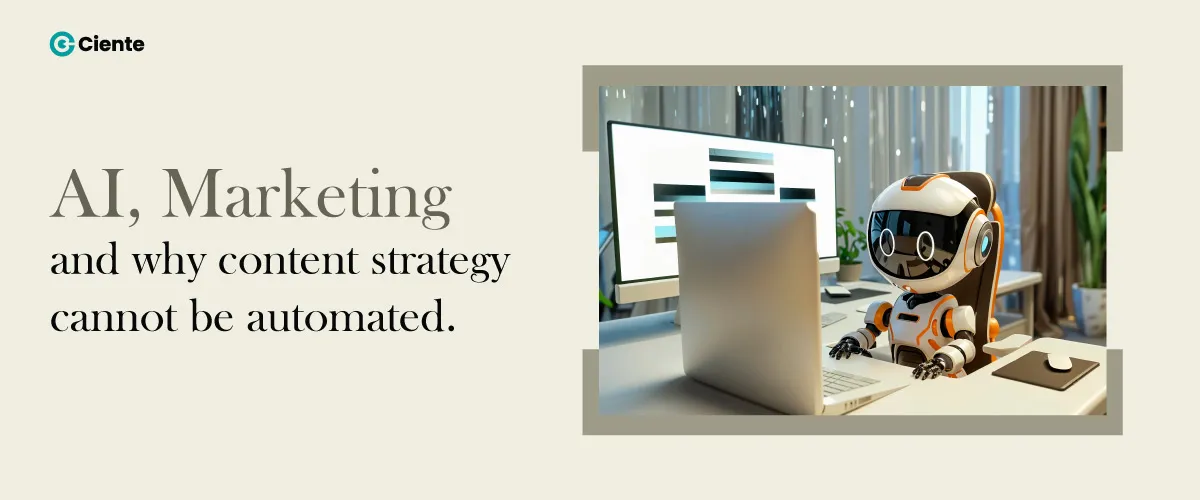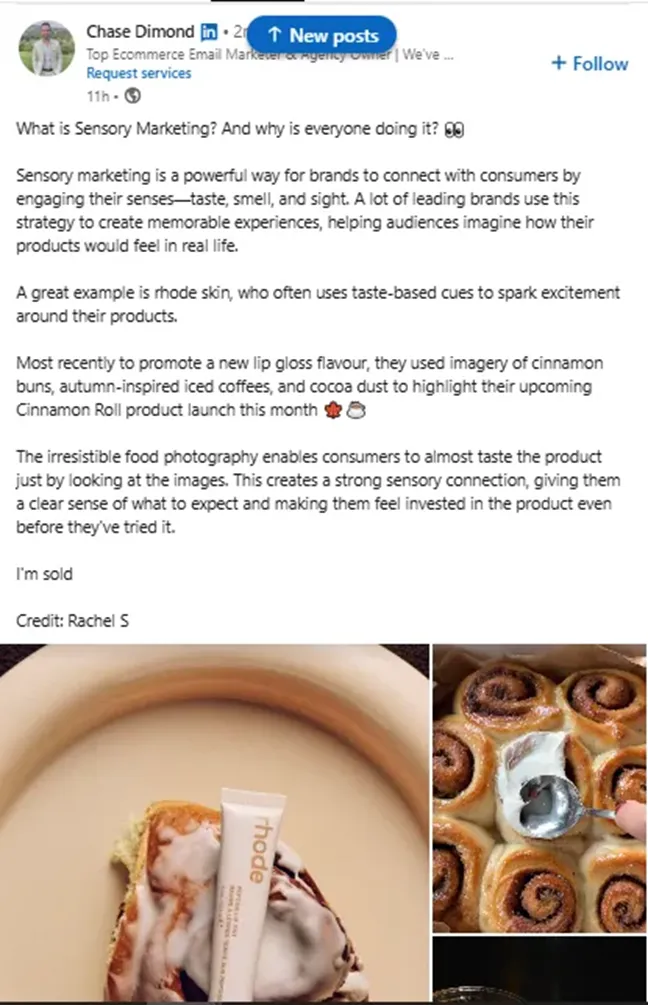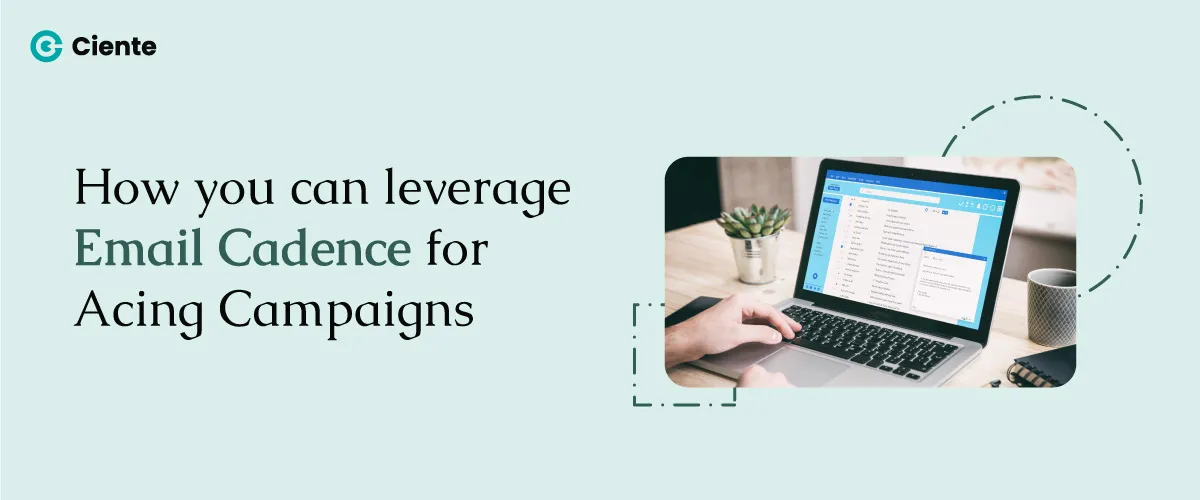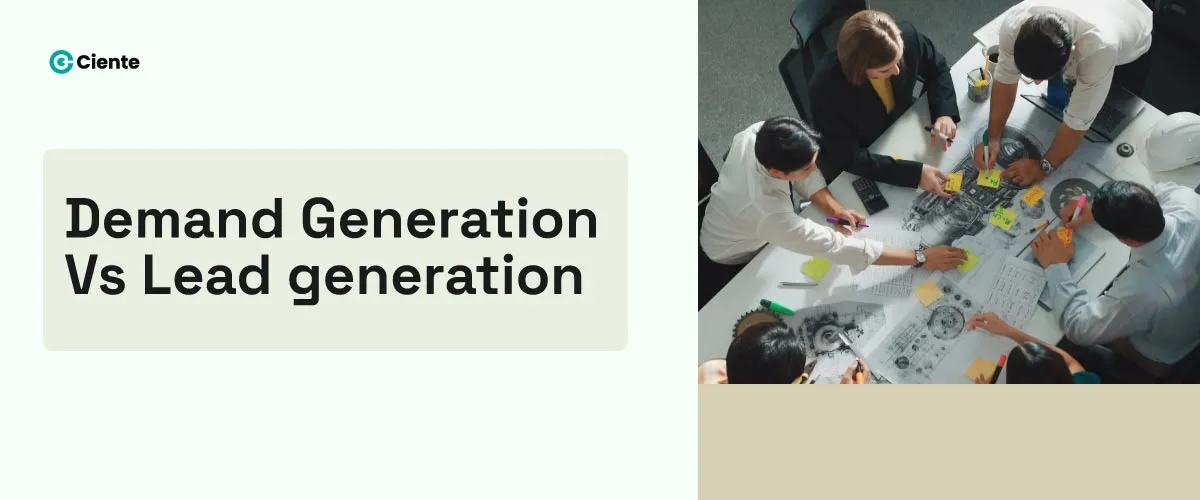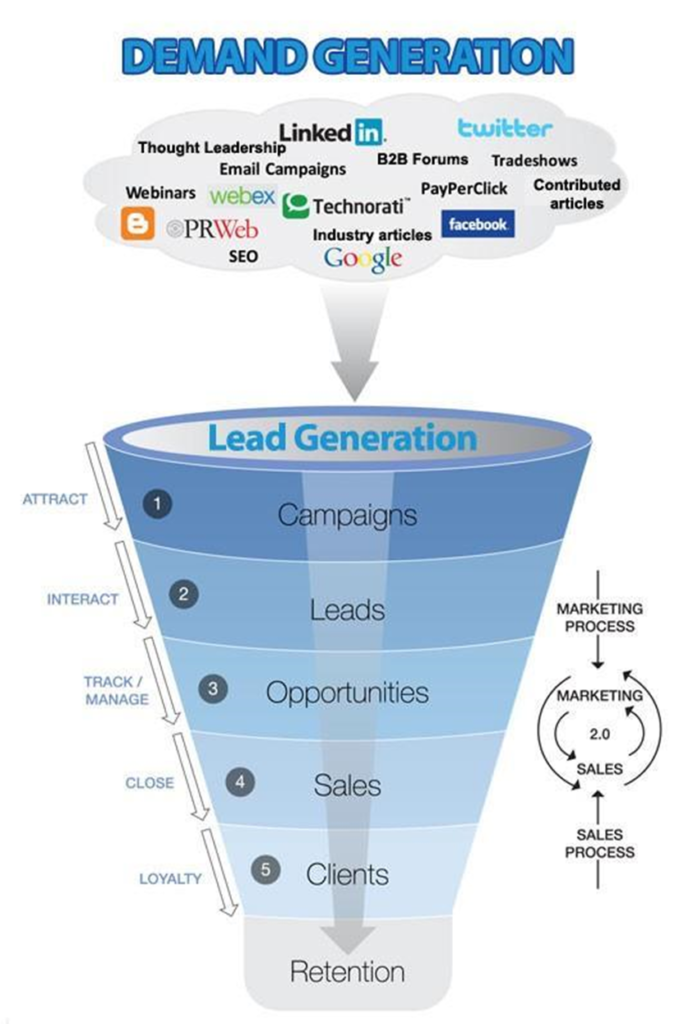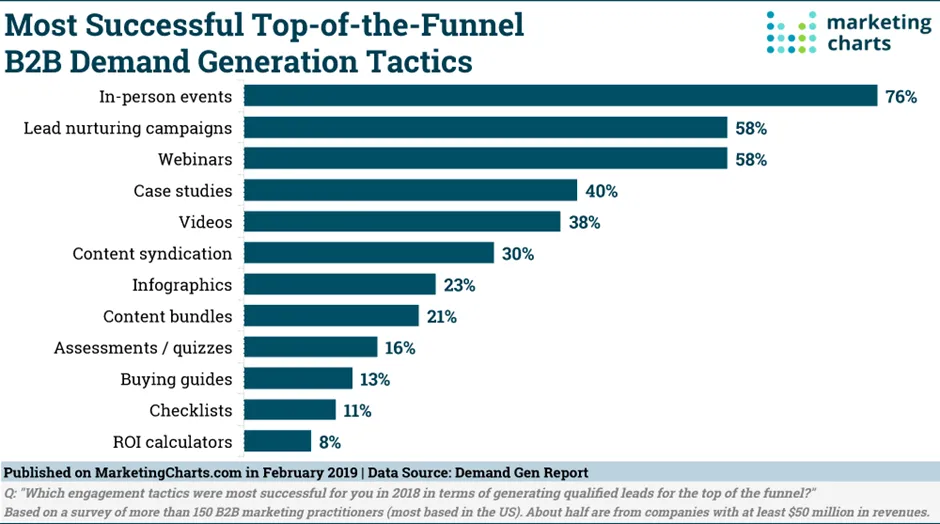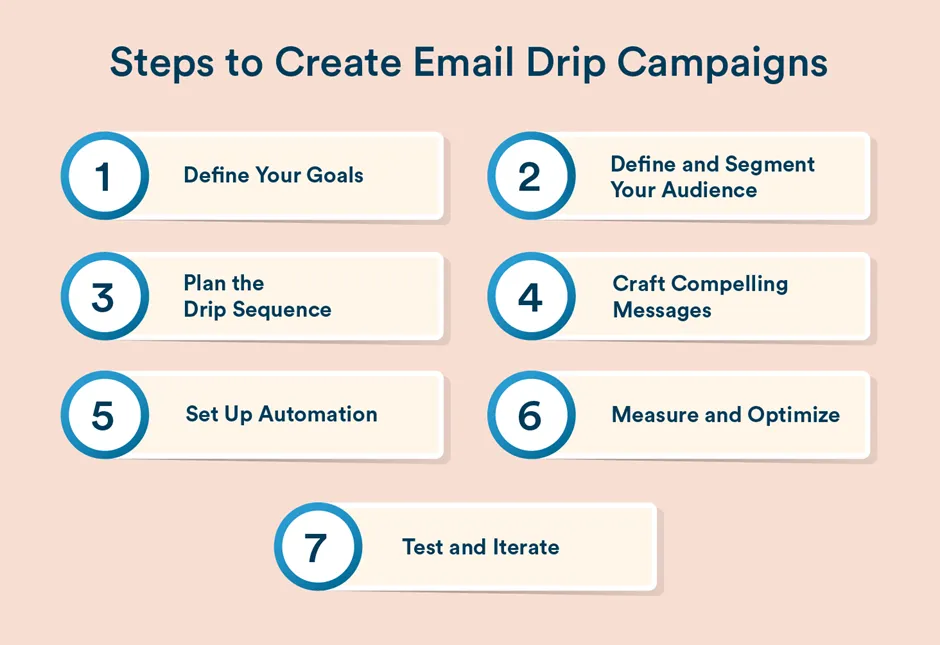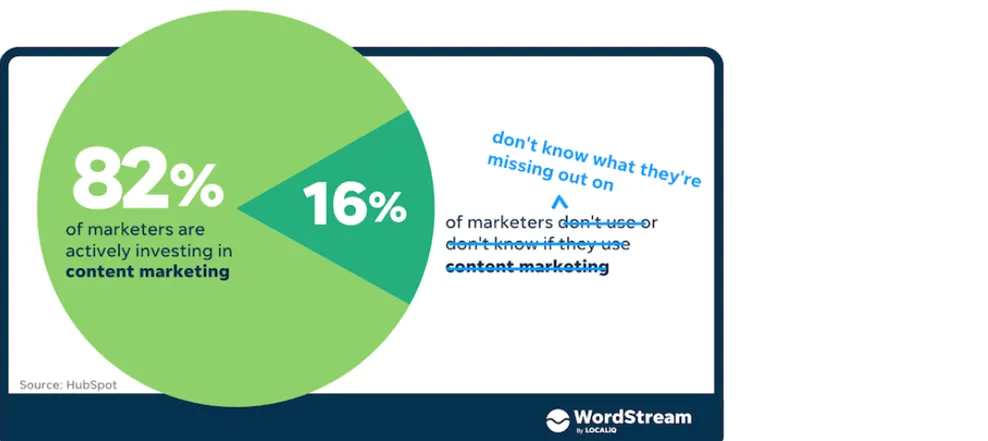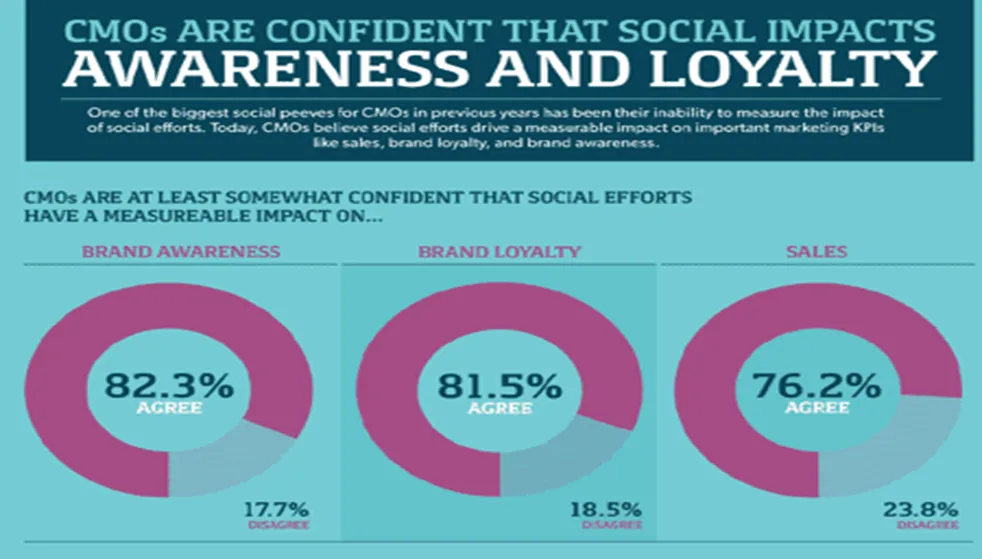Significant Risks of Paid Advertising: How They Can Be Detrimental to A Brand
Ads influence brand awareness when paired with a comprehensive strategy. So, how do we realize the full potential of paid ads for optimal performance?
In their 2024 Gartner CMO Spend Survey, Gartner remarks that the marketing budget (as of total revenue) has been at their lowest since COVID. It went as low as 6.4% in 2021 and has again drastically declined to 7.7%.
Gartner concludes that we are approaching an era where growth is earned and not guaranteed. So, invest wisely because institutional trust is one of the central causes of market disruptions.
The Importance of Optimizing Marketing Resources to Improve Advertising Strategies
While CMOs are being asked to work more with less, your business needs to capitalize on the disruptions across the marketing landscape.
This is not an opportunity to spiral into doom and gloom about how modern tech can surpass us but rather a time to leverage our marketing preconceptions. Leverage and capitalize on AI disruptions – this is the motto of marketing in 2024.
Generative AI has been a bane and a boon for the marketing industry. While the advantages include AI working as your best friend, i.e., elevating your productivity and efficiency, it has certain drawbacks. This comprises the spread of misinformation, bots, and an overall user experience.
There is a way of gauging this fallout—investing smartly to foster deeper audience engagement. Thus, advertising has become one of the significant drivers of maximizing ROI. The priorities are meticulous budget allocation and optimizing expenditure across diverse marketing channels.
However, it doesn’t merely boil down to allocating resources and budgets. Your marketing team needs to identify the most impactful channels to ensure that every penny spent positively contributes towards meeting the marketing objectives.
And the next challenging task is justifying the spending because market share and data illustrate your organization’s value. If there is not enough alignment between the spent amount and the generated revenue, something is not working.
This is simple.
To balance these numbers, businesses are shifting their approaches and marketing channels. According to HubSpot, brands currently focus on channels that directly connect consumers to them. With strategic investments, they have to prioritize how and where they spend. The top channels driving ROI are:
• Social media shopping tools such as TikTok and Instagram Shop (preferred by over 97.9% of marketers)
• Paid social media content, such as influencer marketing (preferred by 21.8% of marketers)
• SEO and blogs (preferred by 41.4% of marketers)
As a marketer, you need to study which lead generation tactic offers the most benefits for your brand and is a worthy investment. Because trends are often short-term and might be a quick fix, long-term strategies promise stable growth for businesses.
Gartner says the latest market trend is the shift toward paid digital marketing channels.
Why?
With the increasing use of the Internet and mobile phones, people interact more on digital platforms, and brands actively invest in content creation, social media marketing, and digital advertising.
However, with increased market competition (especially after COVID-19), it has become quite difficult to focus only on organic and traditional marketing methods.
While several marketing techniques may be a shot in the dark, businesses prefer shortcuts that provide faster results, taking in the specific target audience and ideal business goals.
This is why they inch towards paid advertising, with over 34.6% of marketers opting for PPC advertising in 2024.
What is paid advertising?
Paid advertising is specific. It is also a crucial fragment of digital marketing. While opting for paid channels, businesses pay to market their products/services to targeted audience segments according to their location, browsing behavior, and purchasing interest.
This marketing method requires paying particular fees to advertising platforms, such as search engines and SEO.
According to a survey, over 14.5% of marketers prefer only paid advertising channels, i.e. SERPs and social media platforms. Meanwhile, over 64.2% leverage the benefits of paid and organic marketing.
The marketing strategy used here is entirely sales-focused. The intent is to facilitate sales-qualified opportunities and elevate the frequency. The ultimate goal of paid advertising is to propel sales by generating quality leads through relevant ads.
The relevance factor of the ad content is highly crucial here. Your ad content, placement, appearance, and size should catch the targeted attention at the ideal time.

I might not have been aware of MailChimp before, but the ad on top of web searches caught my attention as a browser.
Ad visibility is directly proportional to brand awareness. Frequent ads across different channels can strengthen brand recognition, facilitating brand recall with product association. This is why higher visibility is significant – the promise that paid ads offer.
Paid ads entail significant benefits that organic marketing doesn’t or cannot propose due to numerous limitations.
What are the benefits of leveraging paid ads?
Boosted visibility
Facebook Ads and Google Ads can propel a brand’s visibility among audiences that organic channels might not have reached.
Detailed targeting
Paid ads target specific audience segments. This ensures the ads reach relevant audiences, increasing the possibility of conversions.
Detailed performance reports
How does a business know its campaigns are effective? Measurable metrics. Paid ads enable this. They allow brands to track and analyze ad performance, highlighting its effectiveness.
If the strategies don’t lead to substantial results, performance reports can help businesses optimize roadmaps and align them with the necessitated objectives.
Engagement Boosters
If done efficiently, they illustrate almost immediate results. Once the ad is up, and this has been carried out insightfully, ads generate traffic to the brand’s landing page at the flick of a hand, also leading the users towards a purchase.
First, brands generally purchase advertising space. However, in organic marketing, ads should entail quality, valuable content, and relevance and be optimized according to the web page.
Why choose paid ads for the brand?
The objective of these paid ads is to take the prospect to the right landing page and end up converting into a buyer.
As shown above, for MailChimp, search engine ads or paid search ads are the top preferred paid advertising channels (72.3%), and as explained, it depends on the searched keyword.
And Google is one of the most effective options for PPC advertising. It offers particular paid options to target the most accurate audience.
Why did MailChimp’s ad appear at the top of my searches? For SEM, the factors for ad visibility differ.
Yes, Google has a pre-defined algorithm that uses bidding strategies (for ad space) to determine which ad will be placed on top of the SERP for a specific product/service. There are other factors, such as keyword relevance, offered bid, and landing page quality.
This is how Google Display Ads work for advertisers.
While ads are visually engaging and might engage prospects with little to no interest in your services/products, what distinctive benefits does paid advertising contribute to the business?
This seems like a fair question.
As a B2B organization, the priority is leads and revenue, and paid advertising offers diverse solutions to enrich the business with these. But businesses (small ones) rarely invest in paid ads. An article by Forbes states that there are two possibilities why this happens:
1. Limited resources and budgeting
2. Lack of understanding of current market trends
However, there are numerous additional reasons why businesses avoid paid advertising. For small businesses, the focus is on why they cannot leverage the benefits of paid ads, i.e., the resources they lack.
What about when a business has enough resources and budget and fears the unknown waters of paid advertising?
Potential Risks of Paid Advertising
Investing in paid ads is a huge step, but the “spent” numbers should align with the returns. This is a must.
The sticky situation here is – it’s quite easy to lose money on ads. Spending on ads is not quite like discovering a gold mine. A business could lose money or not witness any profits from paid advertising online, and sometimes, they don’t even realize this.
Is it the Ad effect or a fluke?
It’s quite difficult to track whether the ads are working or just a fluke when the numbers on the sheet are positive. Can a business trust these numbers?
Another article on the dangers of online advertising outlines how difficult it is to gauge whether the ads are working. It highlights two ways these paid ads function: selection and advertising effect.
The selection effect of paid advertising considers the audience who saw and clicked on a brand’s ad but would have converted nevertheless. Meanwhile, the advertising effect considers the conversions due to the ad. This analysis by Forbes asserts that if most people fall into the second category, then the brand is making profits through its ads.
Or the ads are just a waste of resources and budget. This is one of the primary risks of paid advertising – not being able to define whether the paid ads are generating any substantial ROI for the business, then they are just unnecessary expenditures.
Reaching the uninterested/unintended audience
Depending on the targeted audience, another challenge when it comes to paid advertising is not being able to target the correct audience.
No further action will be taken when the audience segments the brand’s ad is reaching are uninterested. No clicks translate to no significant revenue, poor engagement rates, and low click rates. While this is an error, it still affects the overall campaign and chips away the allocated budget.
One of the main reasons for this could be a lack of research.
Before executing the ad campaign, the team lacked a solid buyer persona which should generally entail demographic data, behavior patterns, and interests. It should be the very first step to curating a marketing campaign.
Refine the targeting strategies.
The plethora of emerging tech has enabled advertisers to select who sees the ads, based on their age, where they live, and interests among other factors. Leveraging the right road to an effective advertising campaign can increase ad visibility and performance by disseminating it to browsers with actual intent.
They will be the most likely to convert.
Risk of bot clicks in website placement ads
Additionally, paying heavily for ads without receiving placement reports can add to the disadvantages.
Reach is significant, but what if the ads are placed across risky websites? This is evident through unusually high CTRs or win rates. Sometimes, website publishers use bots that add no real value to your revenue but only help increase click-through rates – this could all be bot traffic.
Surveys across the Internet posit that paid advertising is a risky channel. Several malicious actors attempt to alter engagement metrics and deceive advertisers, which is quite common.
It becomes fraudulent and risky, given the entire budget poured into these ad placements. Here, the ads are being shown to bot traffic rather than actual humans, especially on sites with fake traffic, tricking fraud detection systems into seeming valid.
Because while it may seem there is ad engagement, there are no (numeric) business outcomes. If the ads are not watched by real humans, they are inherently generating sales or leads for the organization. This results in the waste of the marketing budget and resources and introduces inaccuracies in tracking reports.
But what about the expense wasted on the ads?
Negative branding & reputation.
According to research, this specific amount is expected to touch $172 billion by 2028. While it might not be a concern for the industry at large, it can largely influence the calculation of impressions and clicks and also halt the ad from reaching the right target audience.
Poorly targeted ads are a headache. Irrelevant ads in front of browsers can build a negative brand reputation. This can also result in bad reviews, increased customer churn, and wasted resources.
When a user does not require a service, repeated ads can elevate annoyance and frustration. This often leads to ad blockers, which can block one of your advertising channels, leading to revenue loss. Annoyed users may bad-mouth the brand, eroding trust.
This can disengage potential prospects as continuous and irrelevant targeted paid ads make brands seem desperate.
Additionally, negative brand reputation could also be enabled through ad content. Sometimes, dark humor works given who the ads target, but not always. Society is explicitly sensitive regarding societal issues and geopolitical events, and using this to form paid ads can harm the brand image.
The ad content should be assessed and focus on relevant factors concerning a brand. This also includes negative comments regarding other competing brands.
Competitive energy might also result in ad theft.
All of this depends on the brand’s success. With vendors selling similar services, the market has become quite competitive.
This can quickly get out of hand when brands copy other products and adverts. It triggers competition across the paid advertising channels, increasing the bids and CAC. There is a delicate boundary between a brand and its competitor’s ad strategies.
The battle is understanding the product’s success and how the ad propelled it. Hence, copying the marketing strategy is common, but its execution is a significant factor. When brands use the same marketing techniques, it can prove detrimental to how their product is received in the market, driving up advertising costs, especially for keywords and high-value placements.
With time, the functioning of the advertising channel may erode.
The first set of prospects who engage with the ad might have a better retention rate. In other words, the first few prospects are the most engaged and relevant ones. Hence, they react to the paid ads quicker than others, requiring fewer impressions per user.
This is channel saturation and inevitable.
Once this occurs, the channel will pull less relevant users, making it demanding to acquire new prospects. Prospects could react negatively to ad messages and become less engaged.
Does the ad campaign have concrete goals?
There are a lot of steps to elevate ad campaigns. But what comes after? Once the developed campaign is in the works, gauging its effectiveness is also crucial, right?
How does the team know that their formulas are working? Without a proper objective in mind, they cannot. If there are certain areas of improvement or which direction the strategy should take – these critical aspects have to have clear objectives in mind.
One of the key benefits of digital advertising is advertisers can use data to increase its effectiveness compared to traditional advertising. But capitalizing on this is something advertisers should be aware of.
Without specific metrics to measure the campaign against, your ad expense can only lead to directionless spending and disappointing numbers. Why run your campaigns blindfolded when the growing application of tech in marketing has attributed tools to assist us?
By mapping the ad performance by reviewing key metrics from clicks to ROAS and using analytics tools, your brand will have a clear goal in sight.
So, what is the end goal of the ads – more selling, brand awareness, or reaching potential customers? Allow your campaigns to focus on both tangible and intangible outcomes.
Paid ads significantly impact your brand and corporate value.
While ads are substantial for brand awareness and visibility, consumers are plagued with ad blindness and fatigue. This has transformed the customer perception of paid ads.
Businesses understand that they need to refine their advertising strategies. Random placing of ads on a page in front of a user and interrupting their search does not work in this atmosphere.
The lack of interest and attention has negatively influenced this landscape. Consumers want an enhanced experience when it comes to browsing and purchasing. Hence, a growing number of them use ad-blocking software to obstruct such ads.
Yes, they wish for content that offers quick solutions, and paid ads can help them get there. However, some advertising tactics are too intrusive.
Advertisers can opt for alternative advertising and consistently invest in chosen channels without relying on a single marketing channel to navigate these possible risks.
The risks of paid advertising are plenty. For the paid ads to instill benefits for a brand, isolating it from other channels can be detrimental. It all boils down to the strategic approach the brand undertakes to navigate the challenges and improve the effectiveness of paid advertising.



